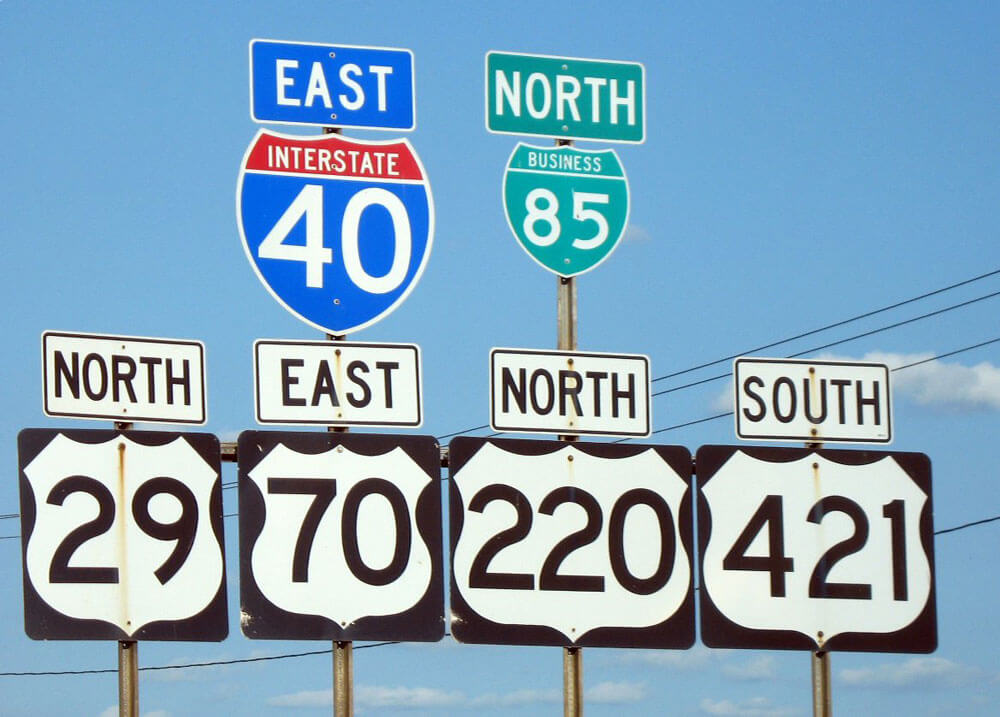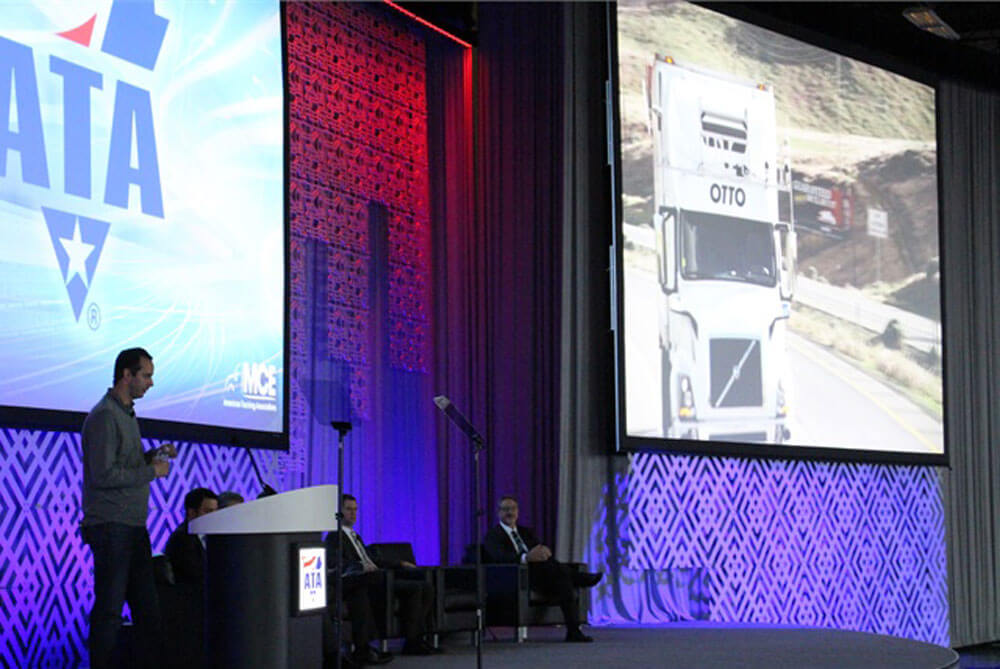Is Truck Platooning Closer to Becoming Legal?

Truck platooning has been gaining attention just as much as truck automation in the past several months. As the truck industry continues to suffer from a shortage of drivers, the legislative demands causing issues, and rates continuing to increase, it seems that the carriers’ proposal for truck platooning might be considered.
Platooning could provide fleets with increased fuel efficiency and safety by taking advantage of the equipment options that are already available in trucks including the lane keeping and automatic braking features.
What Is Truck Platooning?
Truck platooning consists of two or more trucks traveling in a single line while maintaining a close distance, usually between 50 to 80 feet between the individual trucks. Further, the trucks used in platooning are equipped with safety and driver assistance smart technology features that require minimal reaction from the drivers following the lead vehicle.
The technology used in truck platooning helps regulate speed through CACC (cooperative adaptive cruise control), which enables the trucks to accelerate, decelerate and brake simultaneously. The trucks that would be used in platooning are equipped with electronic controls on the engine and braking systems that are activated by the radar sensors installed on the exterior of trucks.
Ultimately, truck platooning would reduce the distances between vehicles and help to increase roadway access and alleviate the accordion effect for other travelers. Similar technology and sensor controls also exist in the newer passenger motor vehicles, whereas settings can be activated to regulate speed and maintain a specific distance from the vehicle ahead.
According to the North American Council on Freight Efficiency, two-truck platooning could increase fuel economy by approximately 7%. This is a significant savings, considering the industry spends more than $100 billion annually on fuel. Another cost-saving advantage it offers is the reduction of aerodynamic drag for the trucks following.

Many States Open to Truck Platooning
Even though truck platooning offers fuel efficiency and increases road capacity for other drivers, currently 34 states ban truck platooning, as a violation of the “following too close” rule. However, with the technology advancements and improved safety of digitally tethering the trucks, some of the states are adopting the platooning practice.
Overall the state regulations that have hindered platooning fall under one of two categories that fall under the umbrella term of “following too close.” Currently 24 states fall into the category that requires trucks to maintain a specific measurable or timed distance from other vehicles on the roadways. While 26 states are more lenient, mandating that trucks allow a “reasonable and prudent” distance.
According to the Competitive Enterprise Institute, 19 states have either lifted the ban, or at minimum agreed to implement a platoon testing program, opening the roadways for trucks to use the travel method as long as they are equipped with the automatic emergency braking feature and electronic vehicle-to-vehicle communication systems.
As these states revise their FTC statutes, the ones with the major truck routes connecting the states will benefit truck platooning the most, with the long distances being traveled across the country seeing the most impact on fuel efficiency as well as a reduction in traffic congestion.
Benefits of States Allowing Platooning
With states becoming more open to truck platooning, there are several other advantages too.
Using the technology that is already in place will improve overall travel safety across the various states. Also, the electronic safety features utilized in platooning oftentimes have faster reaction times than humans. For example the emergency braking is automatically activated when the sensors detect a discrepancy in the distance between vehicles and/or abrupt change in speed, whereas human reaction time is dependent on reflexes and attentiveness.
Although the fuel savings advantages were previously mentioned, the long hauls of truck platooning will allow fleets to increase profits on such routes. Conversely, the states that cater to truck platooning will earn more favor and business from fleets.

Why the Topic of Legalization is On the Rise
Truck platooning is being pushed as a way to improve both safety and efficiency on the roads. In addition to the truck platoons that involve all trucks being manned, as technology advances, the industry plans to implement a platoon that consists of a lead driver followed by as many as three truck trains, which are wirelessly connected. This will help alleviate the truck driver shortage and overcome the FMCSA (HOS) Hours of Service Regulations.
The American Trucking Association estimates the industry is in need of approximately 60,000 truck drivers and that number is forecasted to rise to 100,000 over the next few years. This shortage is already increasing costs for carriers and consumers. The trucking industry is crucial to the American economy, so changes must take place.
There are several factors causing the driver shortage, which include individuals retiring while others seek new employment because they find the new HOS and ELD regulations too restricting.
The FMCSA HOS requires specific rest periods and imposes strict limitations on driving hours. The platooning of wireless trucks would enable two drivers en route to rotate as the “pilot driver” and cover more miles on a long distance delivery, while still adhering to the FMCSA regulations.
The FMCSA rules were initiated as a way to improve safety and reduce driver fatigue. In 2015, more than 3,000 individuals died in vehicle accidents that involved professional trucks and according to the U.S. DOT, among the accidents that, 90% of the crashes were linked to human error. The advanced technology used in truck platooning would improve safety ratings.
Fortunately legislative changes are underway, as more states get onboard with permitting testing and updating statutes. In addition to the legal aspects, it will also be important for individual motorists to recognize the use of truck platooning in order to improve roadway safety.
Don’t Miss Out
At Suppose U Drive, we are dedicated to the trucking industry and stay up to date on all the latest trends and news. Be sure to sign up for our Suppose U Drive newsletter.

